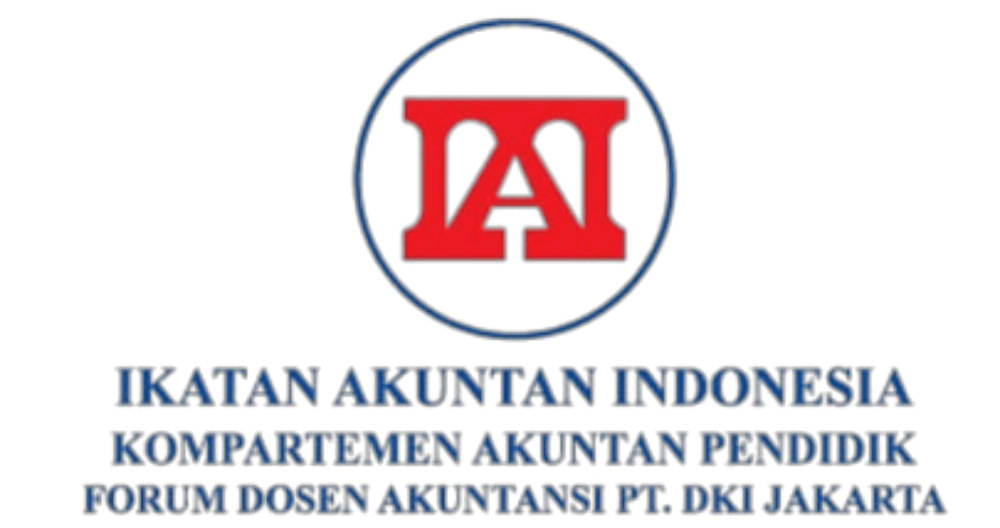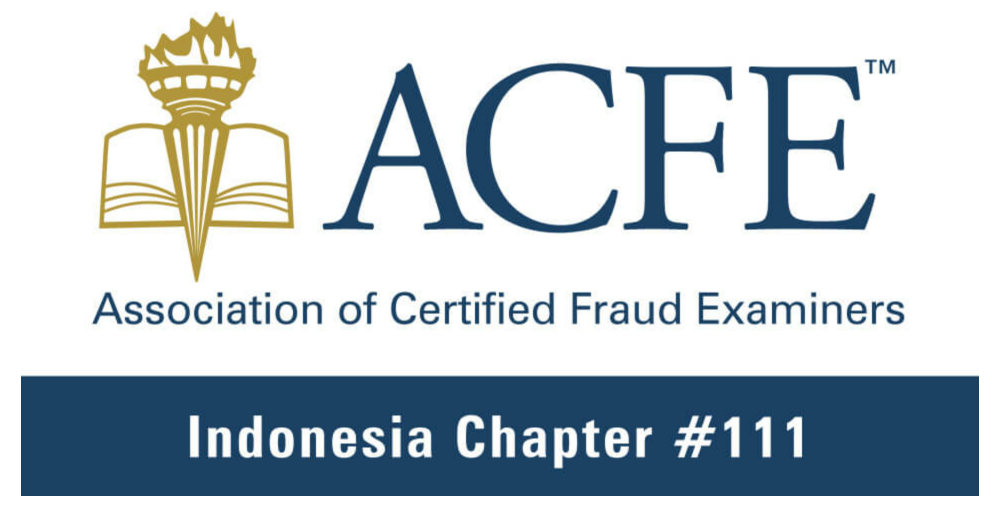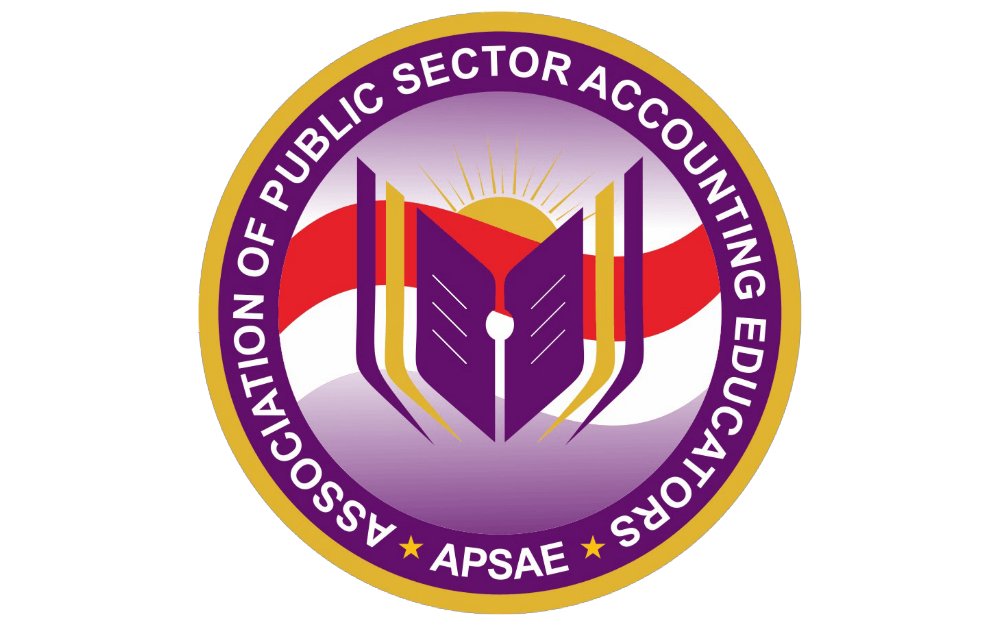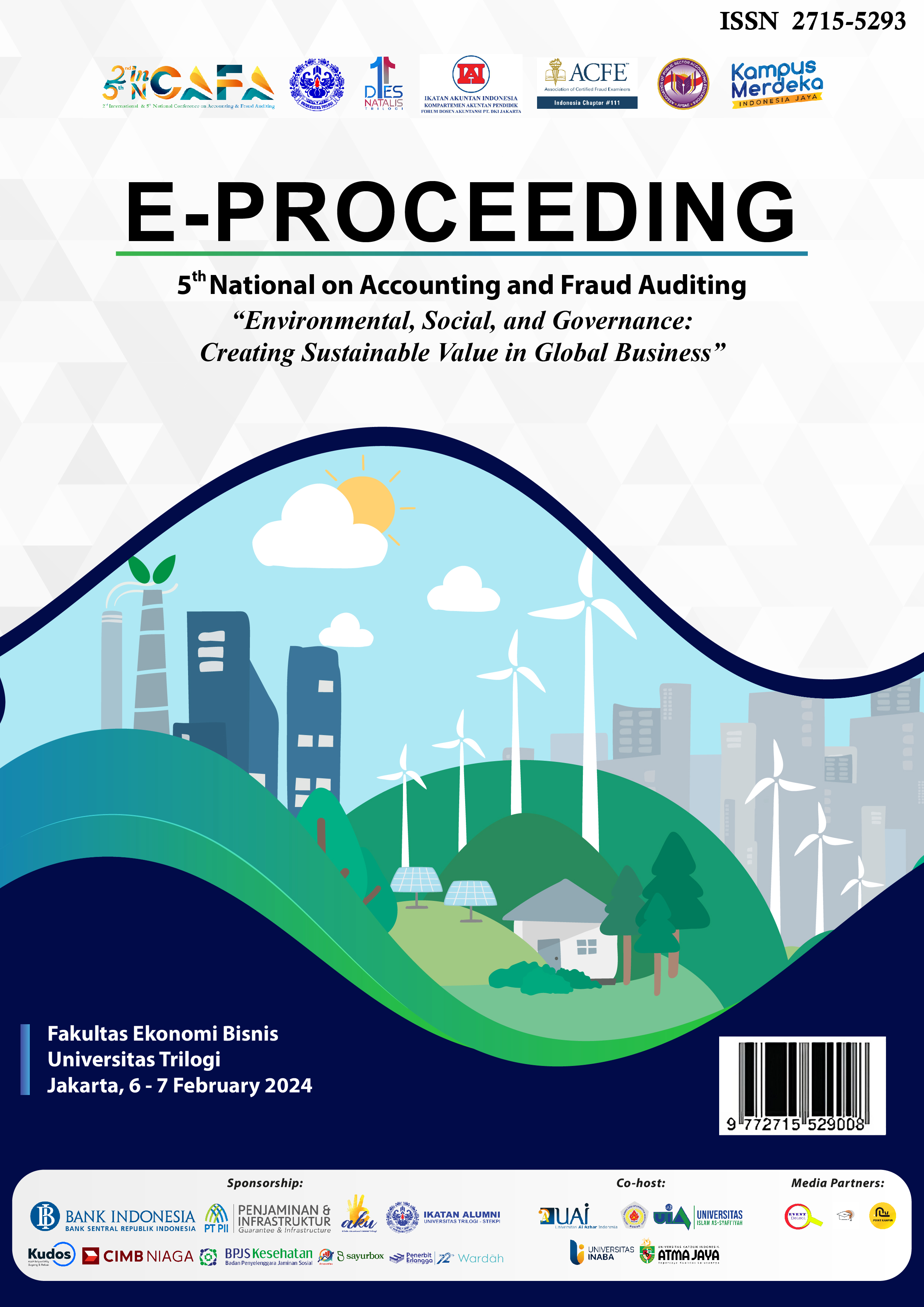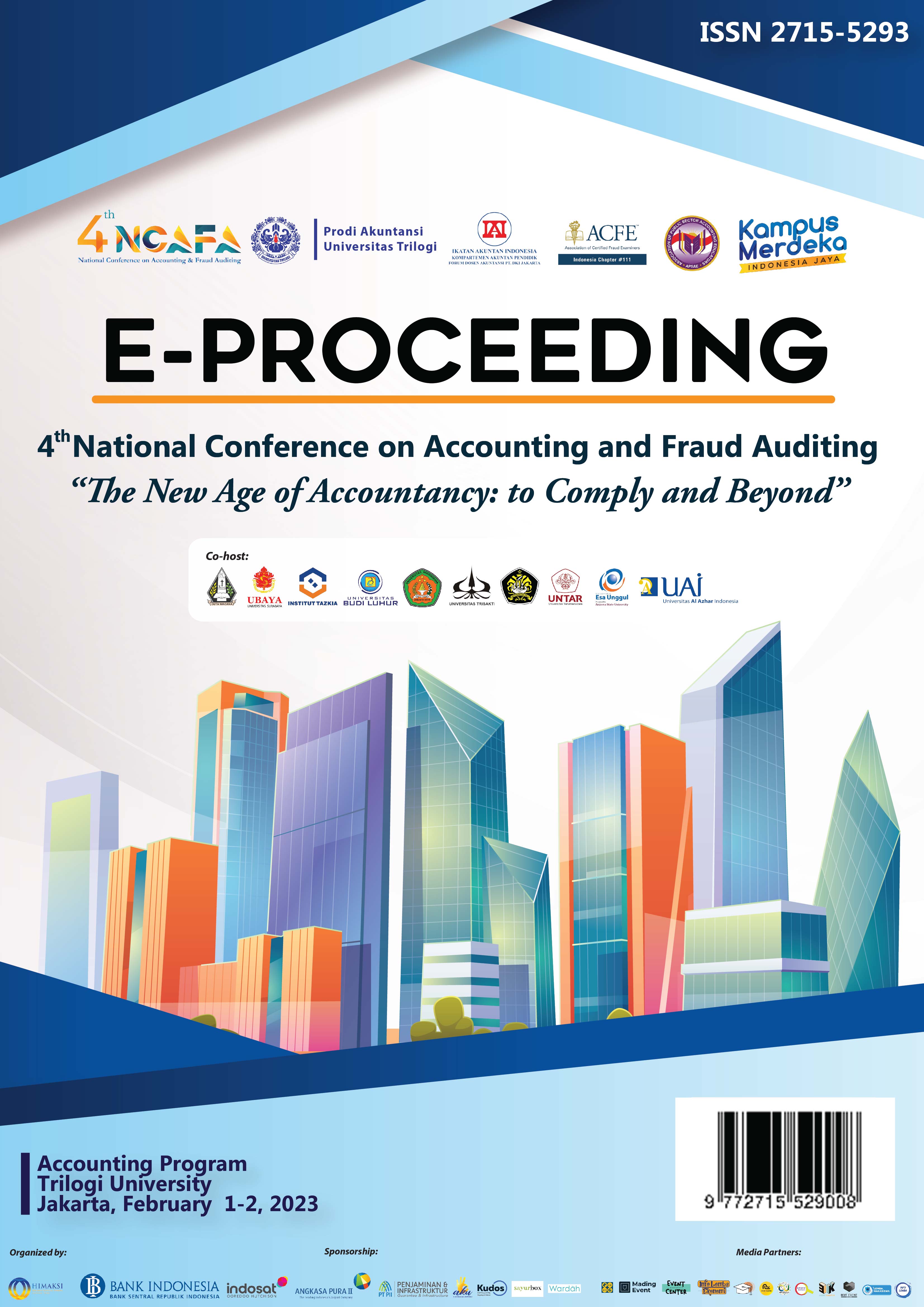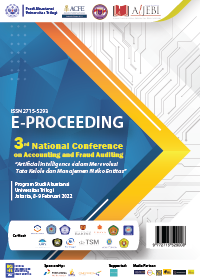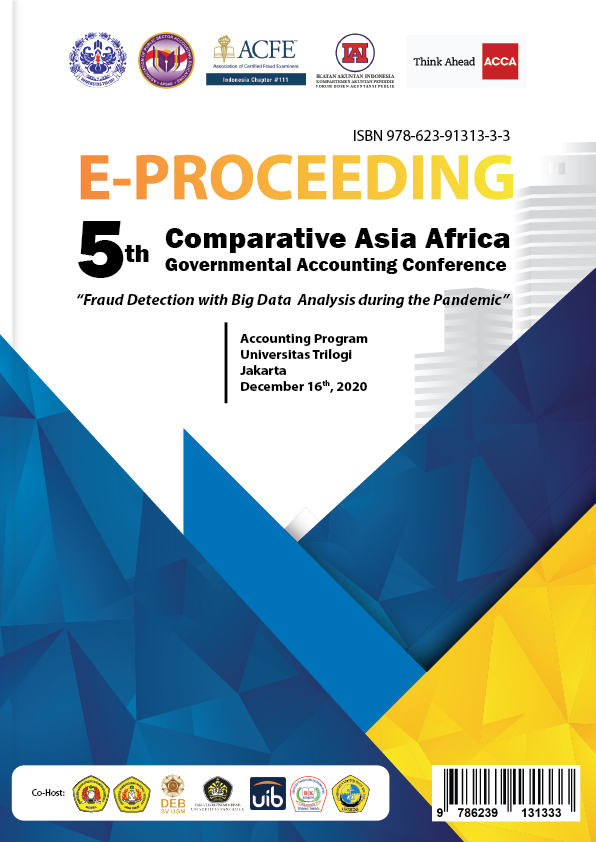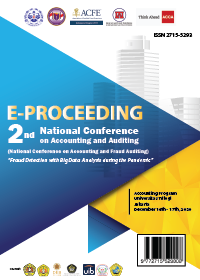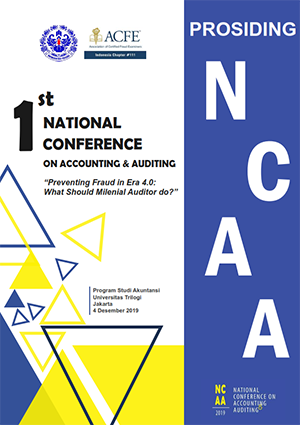HOSPITAL DEBTS AND RECEIVABLES MANAGEMENT BASED ON HOSPITAL FINANCIAL REPORTS OF DEBT AND RECEIVABLE IN JKN ERA: A CASE STUDY RS ABC
Abstract
Background: Information about debts and receivables became the main focus of hospital financial reports, especially in the JKN era. Late payment of BPJS Kesehatan, the negative difference between hospital rates and INA-CBGs that is too large, and audit findings by the financial audit agency have created asymmetric information between management and stakeholders. There is a need to further develop optional financial reports to help improve accounts payable and accounts receivable management. A detailed debts report and receivables report that can describe the actual financial condition of the hospital.
Objective: This research aims to prepare a complete, transparent, and accountable debts and receivables report.
Method: This study is a descriptive case study at ABC Hospital. The collection of data through interviews and questionnaires to see the acceptance of stakeholders on the draft reports of accounts payable and accounts receivable. Qualitative data analysis is based on the financial statements of ABC Hospital developed into debt report and receivable report based on generally accepted accounting principles.
Result and discussion: The debt report simulation presents disclosure of debt information with details of the source of debt accounts, aging of debt, and terms of debt. The receivables report simulation presents disclosure of accounts receivable with details of accounts receivable source, aging of accounts receivable, provisions for uncollectible accounts, and uncollectible value. Debt report and receivable report disclose information on accounts payable and account receivable in a comprehensive manner. Conclusion and recommendation: Debt report and receivable report can be developed into additional reports beyond the standard financial statements as an effort to supervise and improve hospital accounts payable and accounts receivable management.
Key words: debt report, receivable report, accounts payable and accounts receivable management
Full Text:
PDFReferences
Annual Report PT Siloam International Hospitals Tbk. (2019). https://doi.org/10.1007/978- 94-007-7451-3_10 Astoety, A. A.,
Ratnawati, T., & Moehaditoyo, S. H. (2019). INFLUENCE LIQUIDITY,
ACTIVITY AND GROWTH TOWARD PROFITABILITY PERFORMANCE WITH
LEVERAGE AND CASH FLOW AS INTERVENING VARIABLES Study in Type
C Hospital at The PT Nusantara Sebelas Medika. Media Ekonomi Dan Manajemen, 34(2), 206–216.
Dewi, M. W., Kusuma, I. L., & Saputra, A. F. (2018). EFFECT OF BPJS (Social Insurance Administration Organization) RECEIVABLES MANAGEMENT AND INACTION OF BPJS CLAIM REPAYMENT ON PRIVATE HOSPITAL FINANCIAL FUNDS FLOW IN SURAKARTA. International Journal of Economics, Business and Accounting Research (IJEBAR), 2(3), 1–10. http://www.jurnal.stie-aas/ijebar
Diba, S. Z., & Rosidi. (2017). ANALISIS PENGELOLAAN PIUTANG PASIEN RAWAT INAP JAMINAN ASURANSI DAN PERUSAHAAN RUMAH SAKIT GATOEL KOTA MOJOKERTO TAHUN 2017. http://repository.ub.ac.id/id/eprint/164013
Ildephonse, S. (2016). PROCUREMENT PROCESS AND ACCOUNTS PAYABLE MANAGEMENT FOR KIBAGABAGA DISTRICT HOSPITAL, A PUBLIC HEALTH INSTITUTION IN RWANDA (Issue July). Mount Kenya University. Indonesia, K. P. A. R. S. (2019). Penyajian Laporan Keuangan (Issue 1).
Irwandy, I., & Sjaaf, A. C. (2018). Dampak Kebijakan Jaminan Kesehatan Nasional terhadap Efisiensi Rumah Sakit: Studi Kasus di Provinsi Sulawesi Selatan. Media Kesehatan Masyarakat Indonesia, 14(4), 360. https://doi.org/10.30597/mkmi.v14i4.5144
Putra, I. S., & Wahyuningsih, S. D. (2018). Evaluasi Kinerja Pelayanan Dan Keuangan Rsud Yang Menerapkan Pola Pengelolaan Keuangan Blud. Jurnal Penelitian Teori Dan Terapan Akuntansi, 3(2), 11–25.
Supriyadi, S. G., & Asnawi. (2019). ANALISIS MANAJEMEN PIUTANG PASIEN RAWAT INAP JAMINAN ASURANSI DI RUMAH SAKIT KABUPATEN KEDIRI TAHUN 2017. Seminar Nasional Sistem Informasi 2019, 19 September 2019 Fakultas Teknologi Informasi – UNMER Malang, September, 1695–1701.
DOI: https://doi.org/10.31326/.v2i2.789
Refbacks
- There are currently no refbacks.

